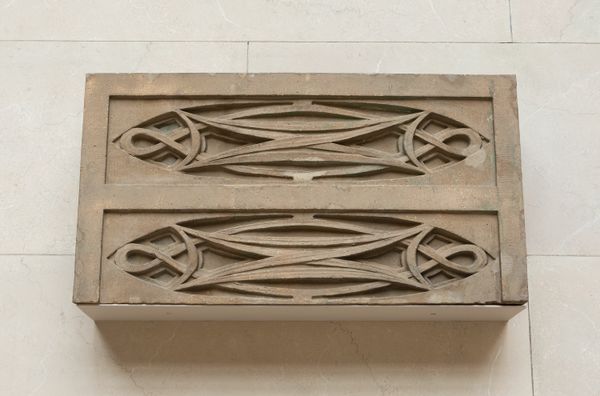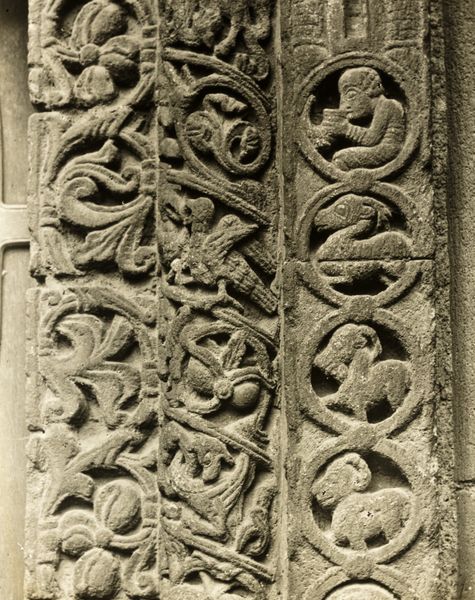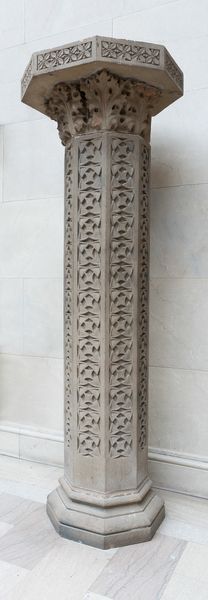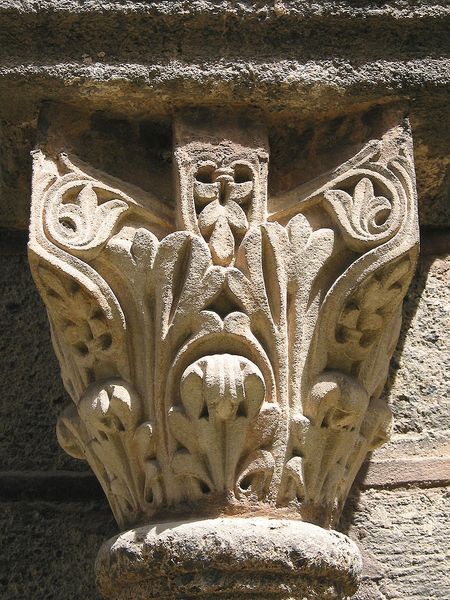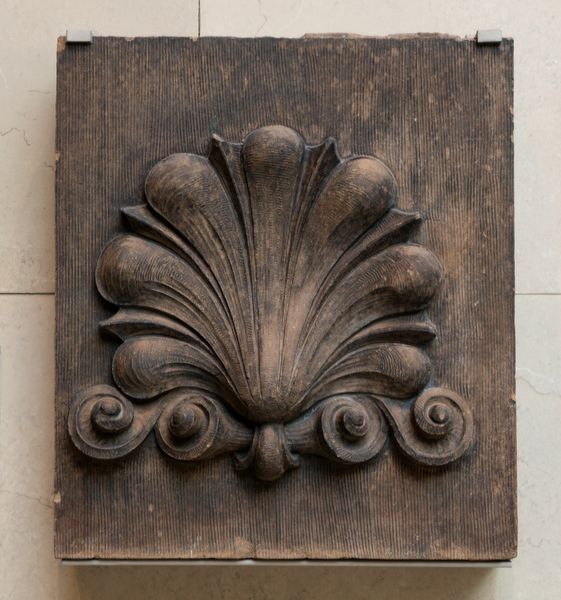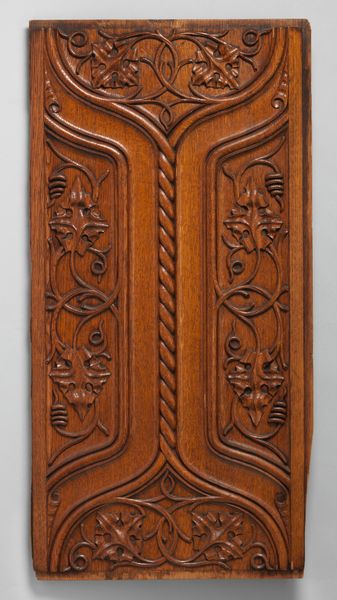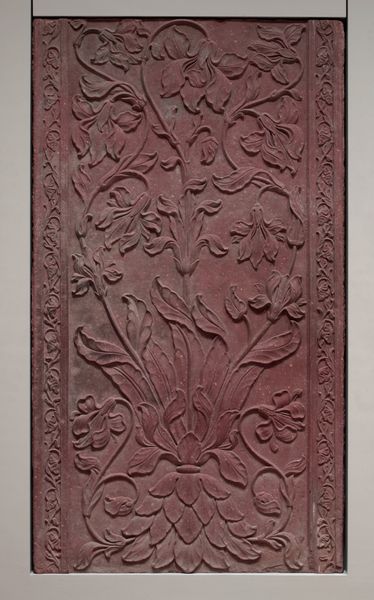
The Fair Store: Pilaster from the Exterior Possibly 1890 - 1897
0:00
0:00
ornament, carving, relief, sculpture, wood, architecture
#
ornament
#
carving
#
sculpture
#
relief
#
geometric
#
sculpture
#
wood
#
architecture
Dimensions: d, e: 47 × 30 × 14 cm (19 × 12 × 6 in.) f: 42 × 30 × 16 cm (17 × 12 × 6 in.) g: 46 × 30 × 13 cm (18 × 12 × 5 in.)
Copyright: Public Domain
William LeBaron Jenney carved this pilaster from the exterior of The Fair Store at an unknown date. It’s now part of the collection at the Art Institute of Chicago. What can a fragment of architectural decoration tell us about the society that produced it? The Fair Store was one of Chicago’s many department stores during its rise as a commercial hub. The pilaster itself, with its stylized foliate designs, speaks to the classical architectural vocabulary that was fashionable at the time. This vocabulary was used to signal the importance of the institution to the public. Department stores arose in a period of rapid urban growth and consumerism. Built environments had to compete for shoppers’ attention. This pilaster illustrates how commercial spaces borrowed from fine art and traditional architecture to cultivate an atmosphere of aspiration and luxury. Historians use a range of sources, including architectural drawings, advertisements, and social surveys to interpret these artifacts. By doing so, we can reflect on the meanings and ambitions embedded in the architecture around us.
Comments
No comments
Be the first to comment and join the conversation on the ultimate creative platform.


